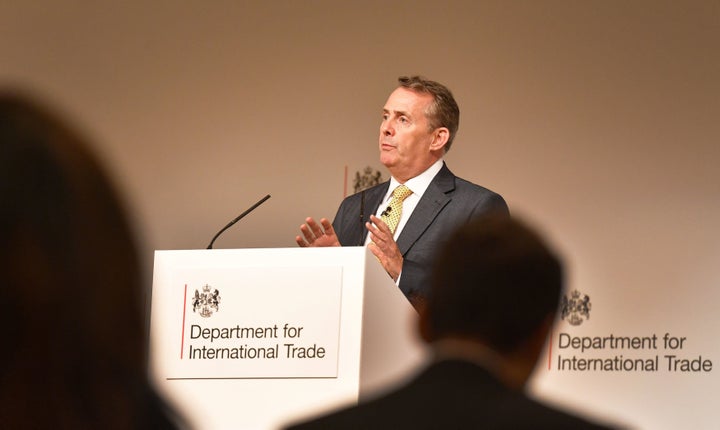
Deal or no deal. As the UK braces itself for the rumoured return of Noel Edmonds’ box-opening gameshow, politicians are playing a slightly different guessing game. The government has finally taken the move to publish ‘no deal’ impact papers detailing the likely outcomes if Britain is to withdraw from the European Union with no agreement in place.
The striking thing about this is that the publication comes not in June 2016 when the public were preparing to vote in the referendum, not in March 2017 when Article 50 was activated, but in August 2018, just seven months before Britain is due to exit the EU.
As things stand we are three months away from the EU’s final deadline for a deal to be agreed, and only now have documents been published explaining what impact no deal actually may have on businesses and citizens in the UK.
There will no doubt be a period of political flux while both Leave and Remain supporters leaf through the pages of the documents to pick out elements which support their viewpoints that no deal is the end of the world/the best thing that has ever happened/a complete irrelevance (delete as appropriate). But for the general public the back-to-front nature of publication should surely see a few raised eyebrows.
Many people were surprised by David Davis’ December admission that Brexit impact forecasts had not been produced, despite the fact that we’d been told that no deal was better than a bad deal. While it’s difficult to compare unknown quantities, until assessments have taken place it would be difficult for a clear judgment to be made. But maybe that is the academic in me speaking. In truth it’s even more surprising that Remain supporting David Cameron didn’t make moves to have such documents produced before calling a referendum.
So we are now in the unusual situation of retrospectively examining what the impact of an increasingly likely scenario would be. Then there are the questions bound to be raised from both sides of the debate about the scenarios.
If the papers suggest a more positive outcome, we’ll likely see Reaminers claim they portray an overly optimistic and unrealistic outlook, and Leavers say ‘I told you so’. However, if a gloomier picture is painted then it’s likely we’ll see Leavers claim ‘project fear’ and Remainers say ‘I told you so’. It was ever thus.
What we do know is that air travel, medicines and food are going to be among the biggest issues faced if the no-deal scenario is realised. In the case of aviation, despite the fact that the UK does most of its own safety checks, leaving the confines of the European Aviation Safety Agency will still pose challenges. It’s not good enough just to be safe – to be permitted to fly, your partners also need to recognise you are safe. This would put the UK in the bizarre situation where even if exactly the same work was carried out by exactly the same people, if it is completed on March 29 it is certified as safe, whereas if it’s completed on March 30 the certificate could not be recognised. The laws are in place to guarantee safety.
In this sense the term no-deal is possibly something of a misnomer. There will of course have to be some agreements in place and there will be many areas where both sides will be on the same page. For instance, both the EU and UK would likely want any potential Visas to be as straightforward as possible, the important safety measures like those already mentioned will necessitate cooperation and Open Skies agreements will be needed in the immediate term.
But while the possibility of a complete Armageddon has been overstated, there will still be complications, delays and disruption which could be severe. Conversely to much of the talk from Leave campaigners during the lead up to the referendum, the advice published so far has the very clear implication that businesses would face significant additional bureaucracy. There will also clearly be knock-on effects on the costs of importing and exporting which will have an impact on the price of goods.
The publication has already started to expose rifts within the Conservative Party and re-raised the question of Labour support for a potential Second Referendum. The perennially divisive issue of Brexit seems to be as polarising now as it ever was. Not just for the general public, but for the politicians tasked with delivering it.
A year ago International Trade Secretary Liam Fox said a deal with the EU should be ‘one of the easiest in human history’ to agree. We’ve seen this idea slowly eroded over the last 12 months as the inevitable difficulties of an unprecedented process are worked through. A deal may well still be struck but the challenges, impacts and the need for compromise have all been seen during this negotiation period.
As many of us start reading through the detail in these papers we can start to lift the lid on what the government envisages are the biggest challenges presented by a no-deal scenario. Whatever happens, the box has now been opened and we’ll know in the next few months if it truly is deal or no deal.
Written alongside David Hearne, Researcher at Birmingham City University’s Centre for Brexit Studies
